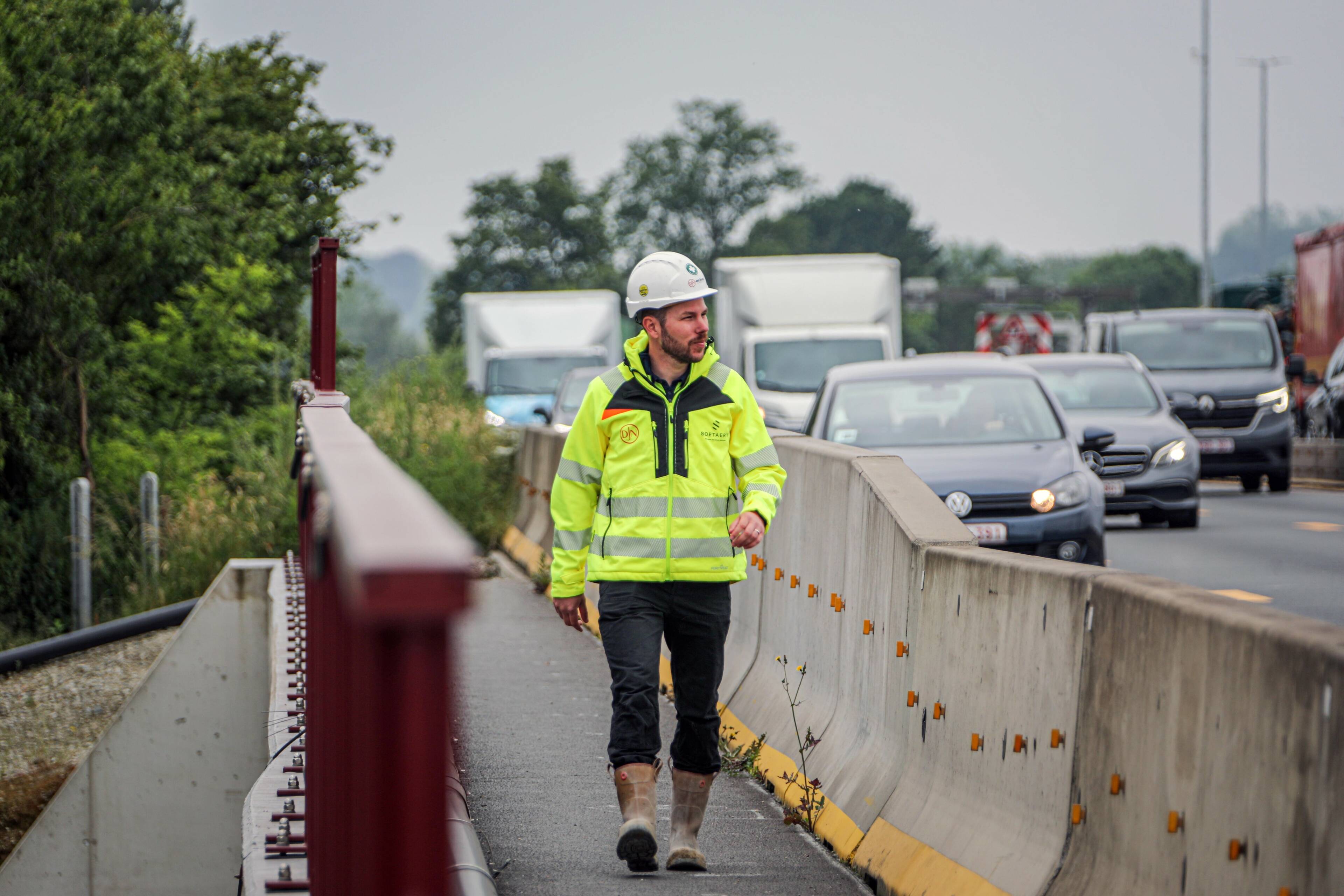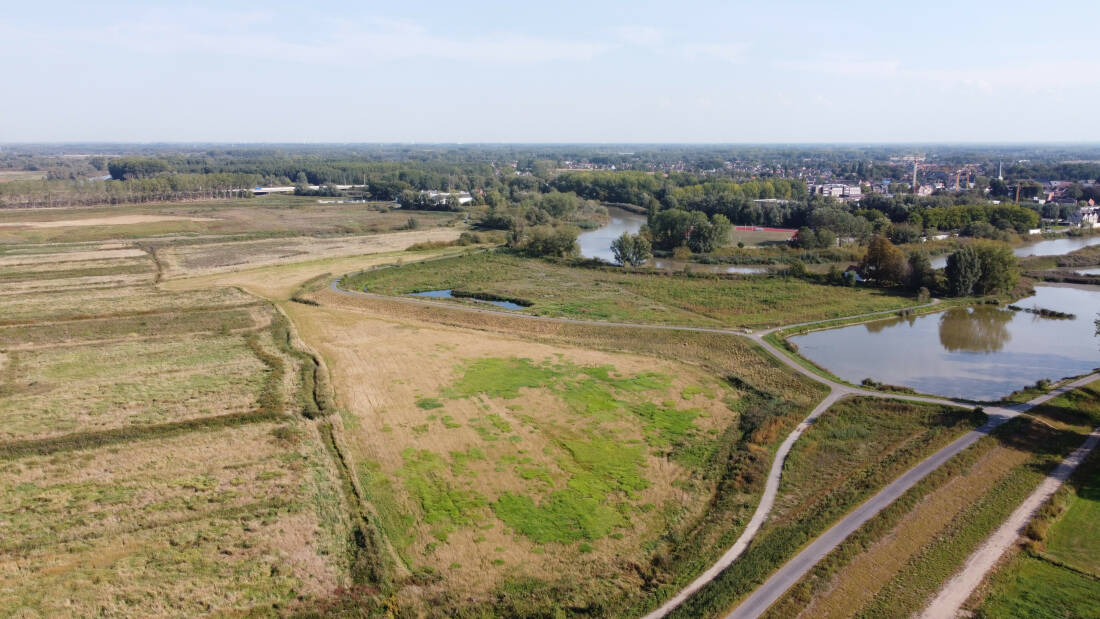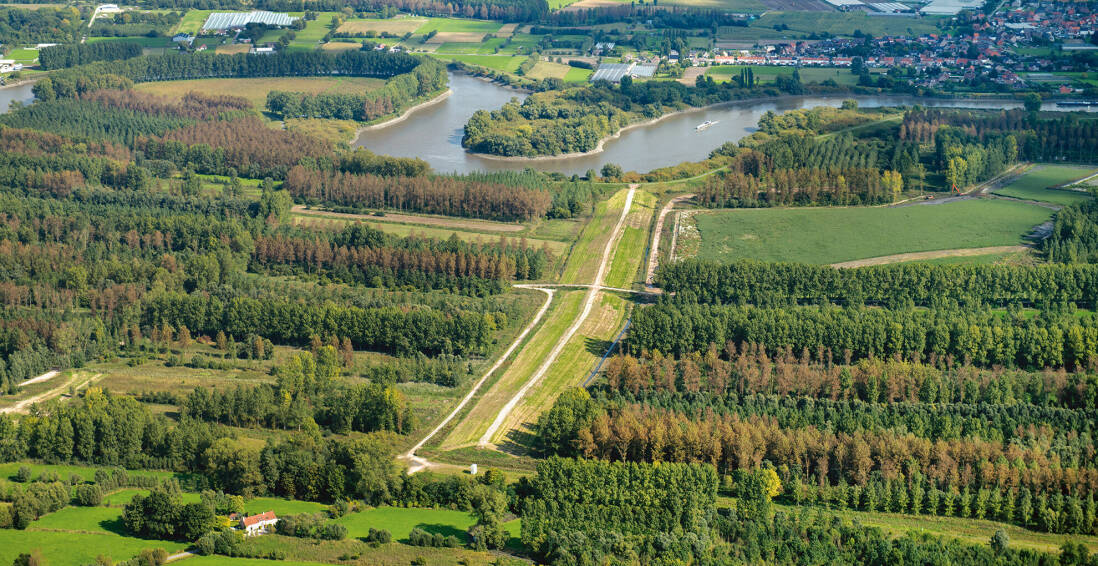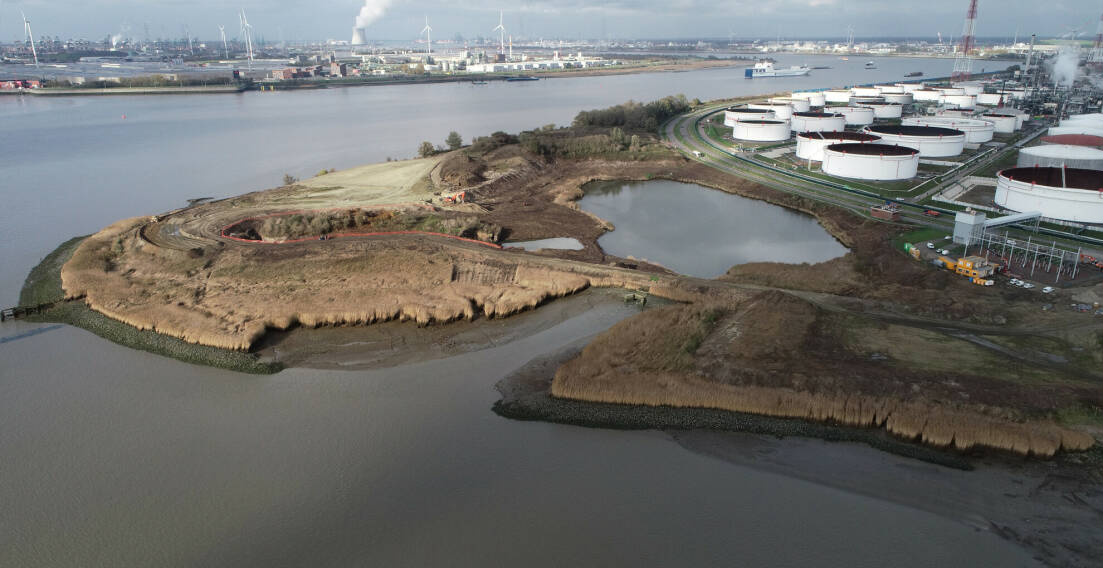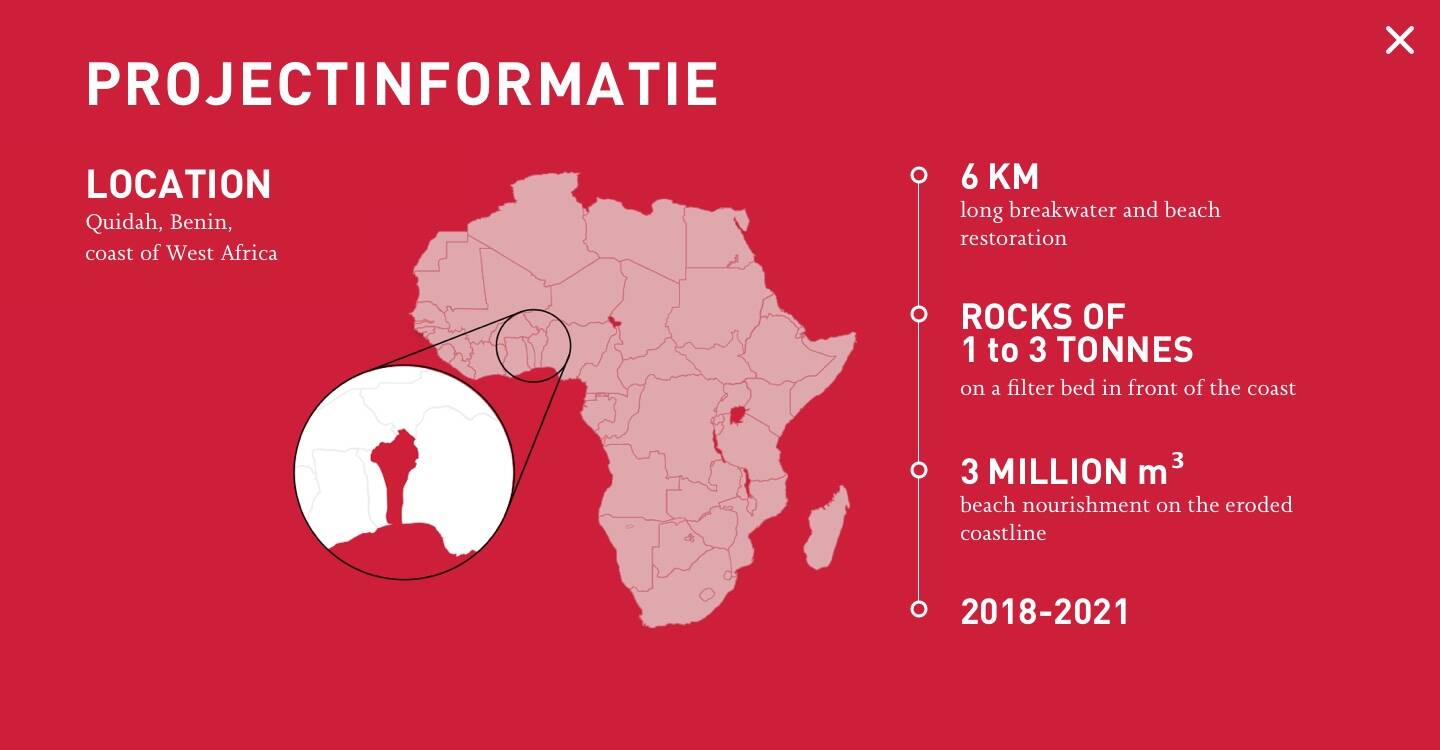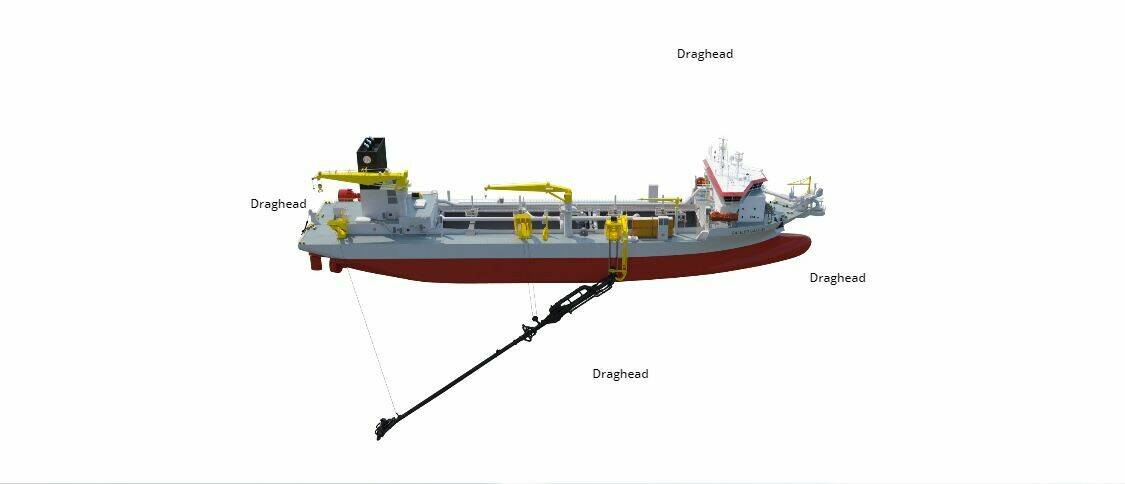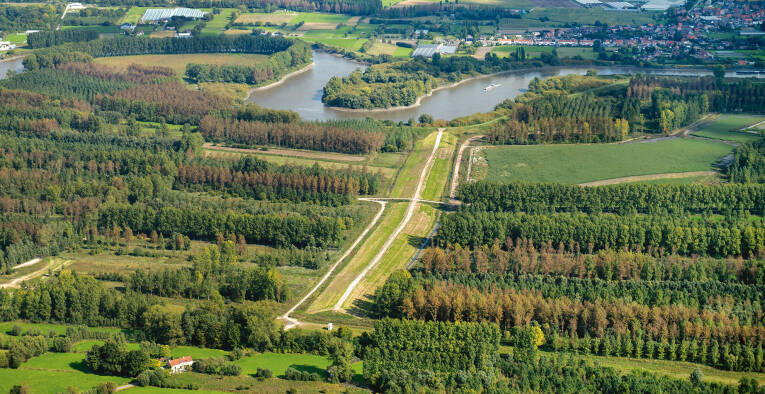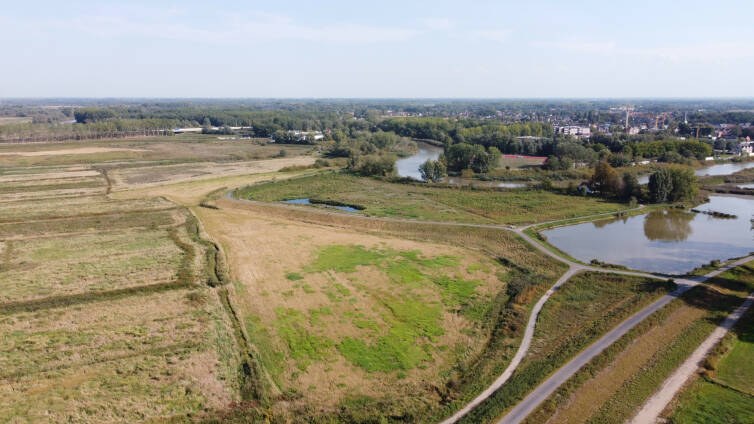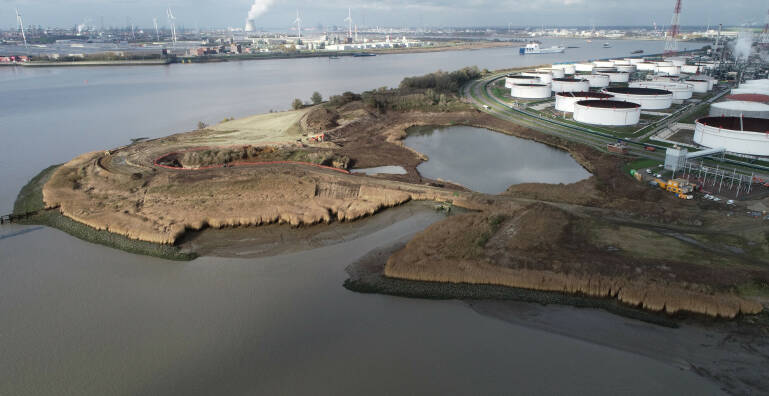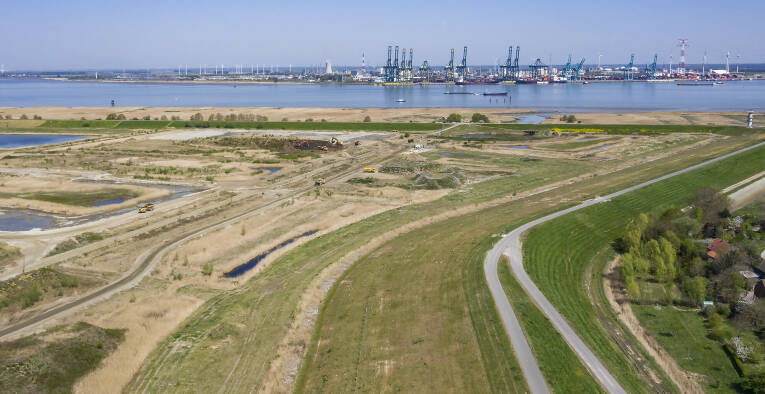Looking for a partner to realise your dredging projects?
Business Development Manager
Stefan Bruggeman




E40
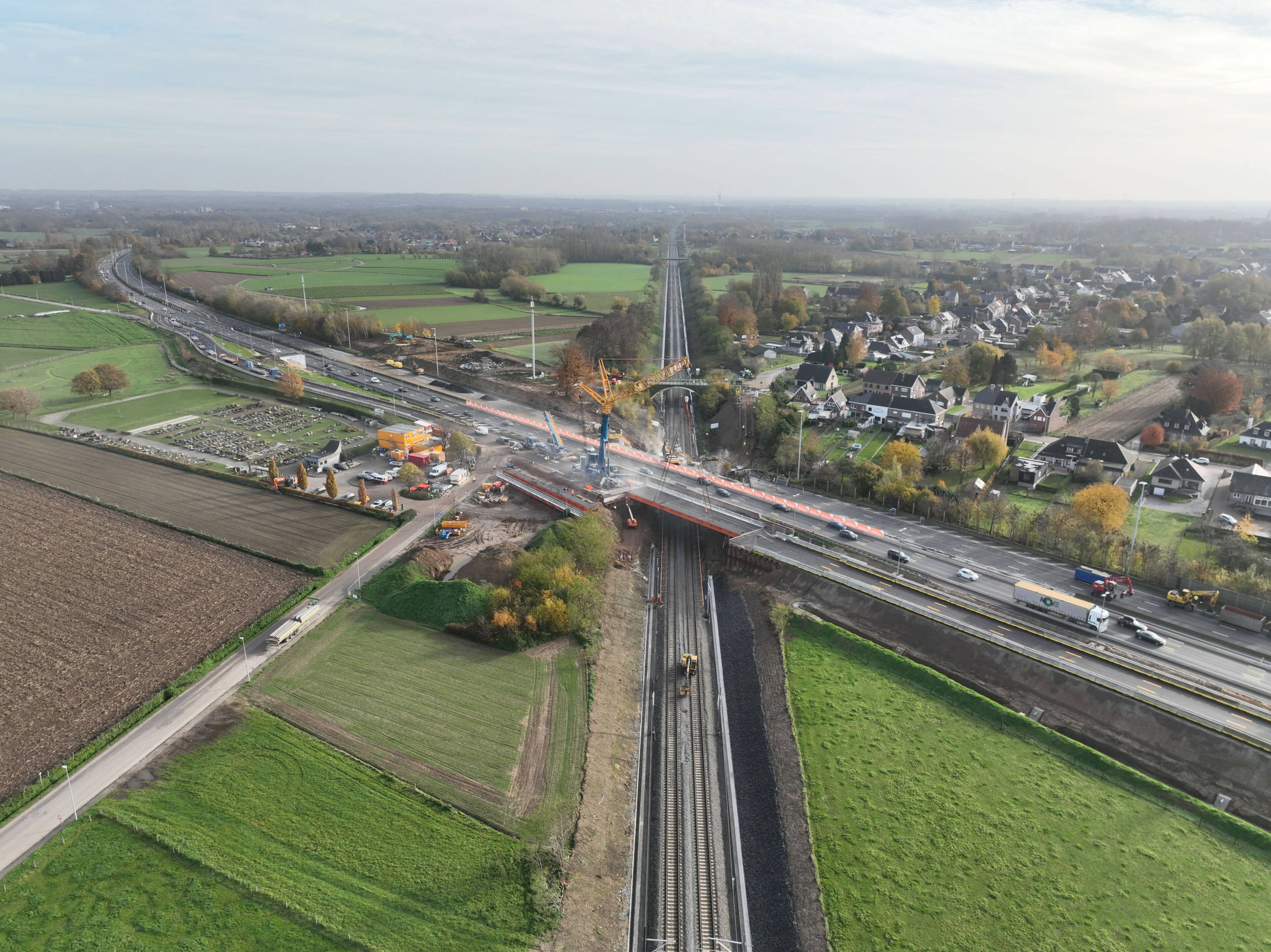
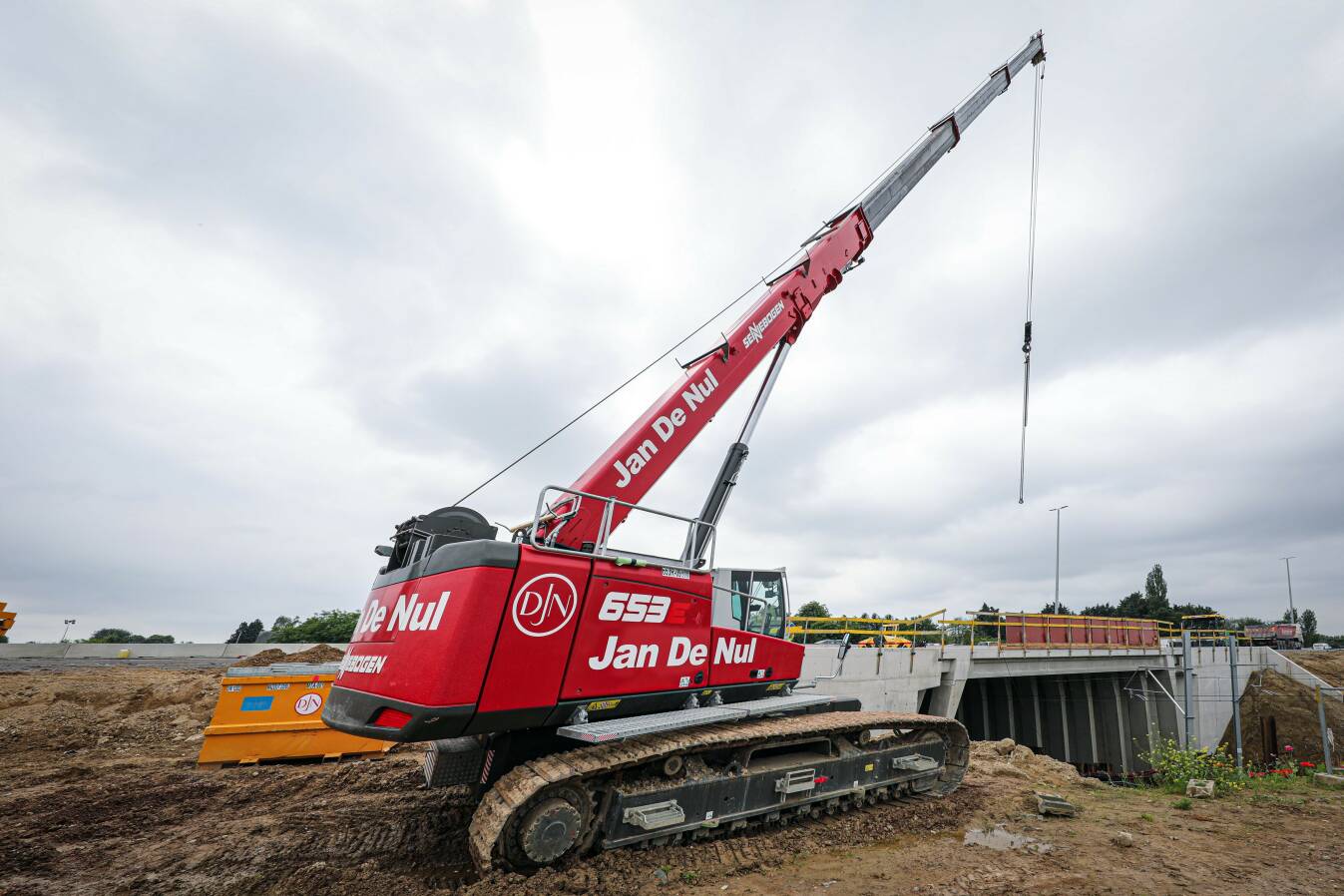
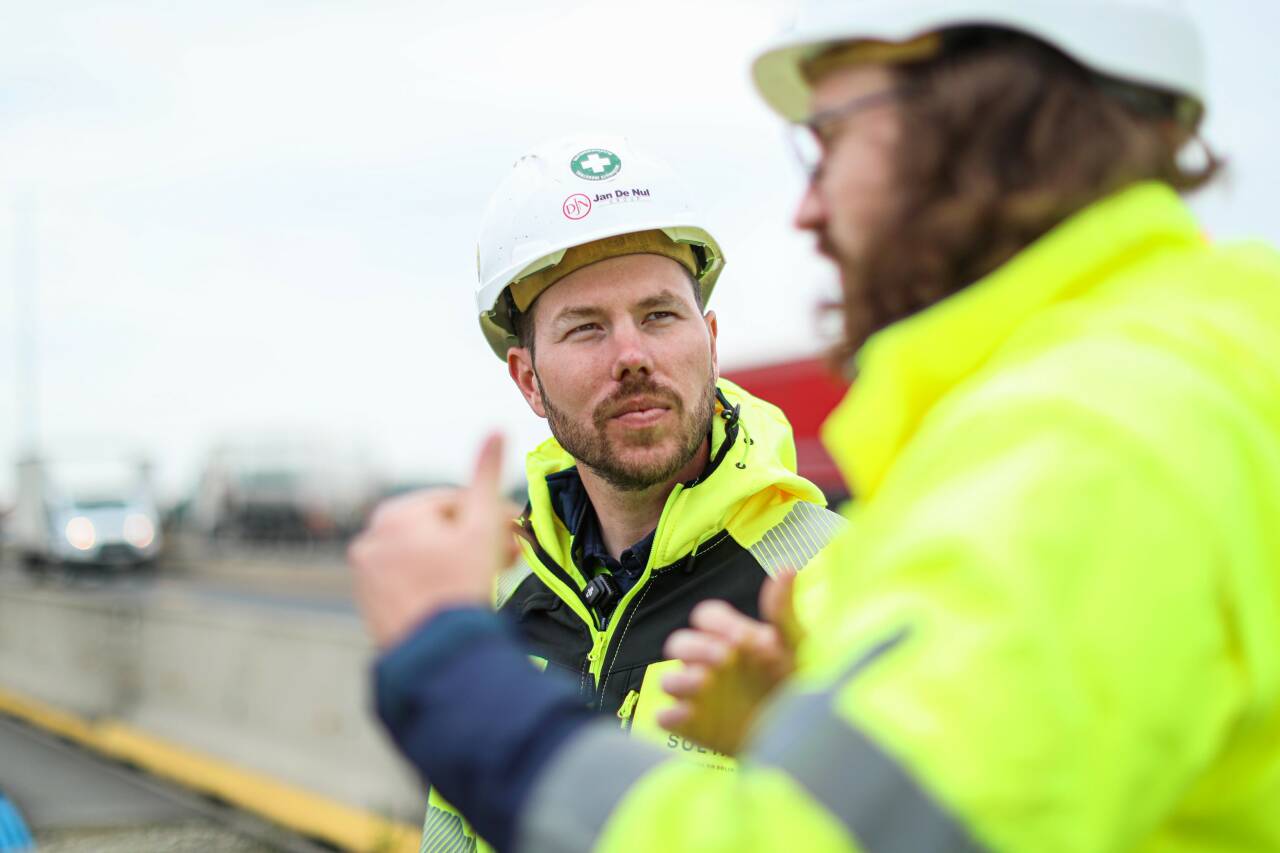
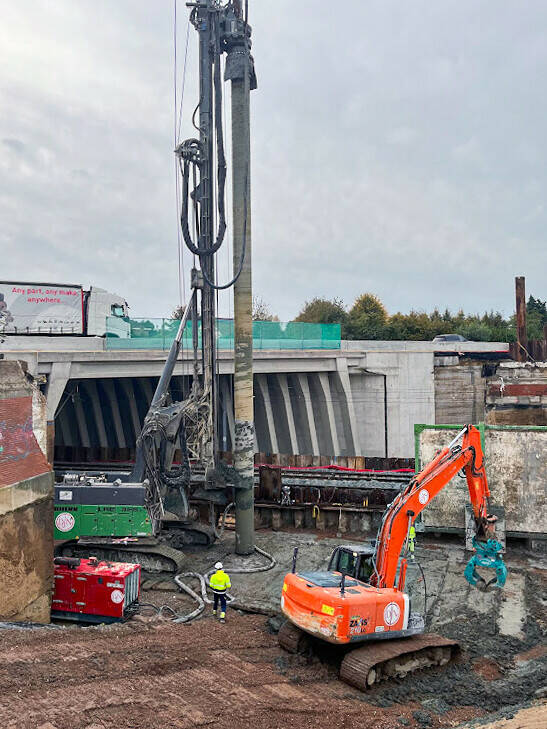

Visit jandenul.com and read more about the renovation of the two bridges in Erpe-Mere.
For the bridge crossing over the highway, we closed off part of the E40 during the night to install six girders. We installed a 450-tonne crane on the road, while a 700-tonne crane was prepared beside the road beforehand. The 44 metre long and 110 tonnes heavy concrete structures arrived via specialised transport, were lifted and installed consecutively, with only centimetres to spare. Afterwards, we dismantled the crane on the road, cleaned up, and opened the highway again. All of this happened within a time frame of 12 hours, to reduce impact on traffic. Just as planned.

Wouter Van Der Fraenen
Site Manager Soetaert


Our soil specialist subsidiary Soetaert was responsible for the foundations of the bridge. Almost 500 piles of 14 metres had to be driven into the ground to provide the most stable foundation for both sides of the bridge. As the construction took place right next to the train tracks, this provided an extra challenge. Our colleague Wouter explains the ins and outs of our solution.

The highway bridge crossing the train tracks was installed in the 1960s and originally only had two lanes on each side, along with an emergency lane. This was turned into a regular lane afterwards to cope with heavier traffic. Now, we needed an entirely new structure to provide enough space for three regular lanes along with an emergency lane in both directions. We also add noise screens on both sides to lower the inconvenience for the people living nearby.
With the E40 being one of the busiest roads in Belgium, closing off the highway and diverting traffic is not an option. Along with this, demolishing the old bridge had to take place while the train tracks below were taken out of service for a weekend. So, we planned and adapted our plans to minimise the hindrance to traffic on the road and the tracks.
We placed a temporary bridge next to the highway, and diverted traffic while one part of the bridge was demolished and rebuilt. Next, we removed the temporary bridge and diverted traffic over the new bridge and constructed the second part of the new bridge.
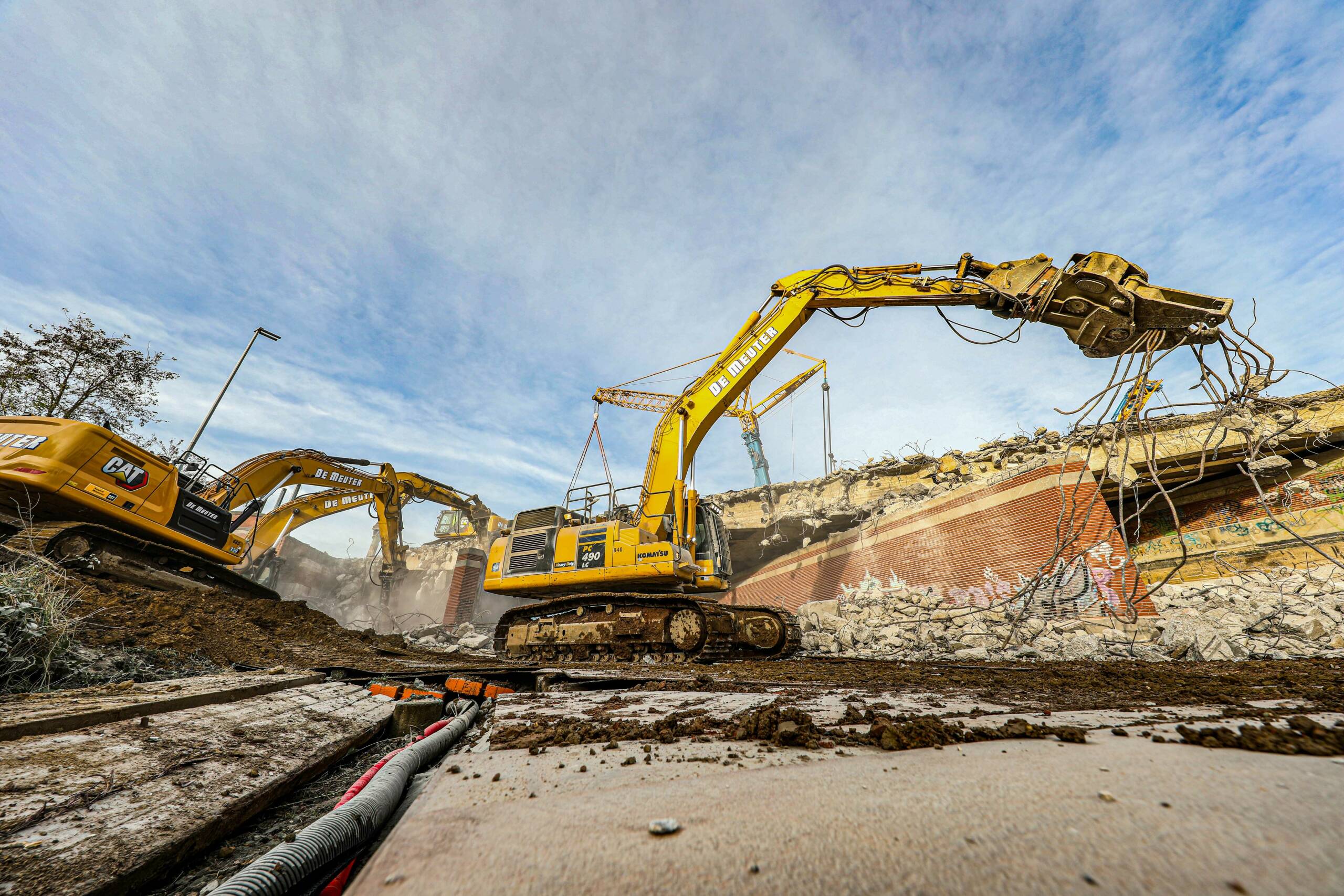
Looking for a partner to realise your civil projects?
Dieter Vandenbulcke
Civil Works Project Manager
projects, small details
The E40, Europe’s longest highway, has an extensive history. The construction of the Belgian part of this road started in the 1930s. This means that thorough renovations are necessary to keep it safe and fit for modern traffic. The Flemish government took action and engaged us to rebuild two bridges in Erpe-Mere, one crossing above train tracks, the other one spanning across the highway itself. And all this while the motorway remains accessible to traffic.
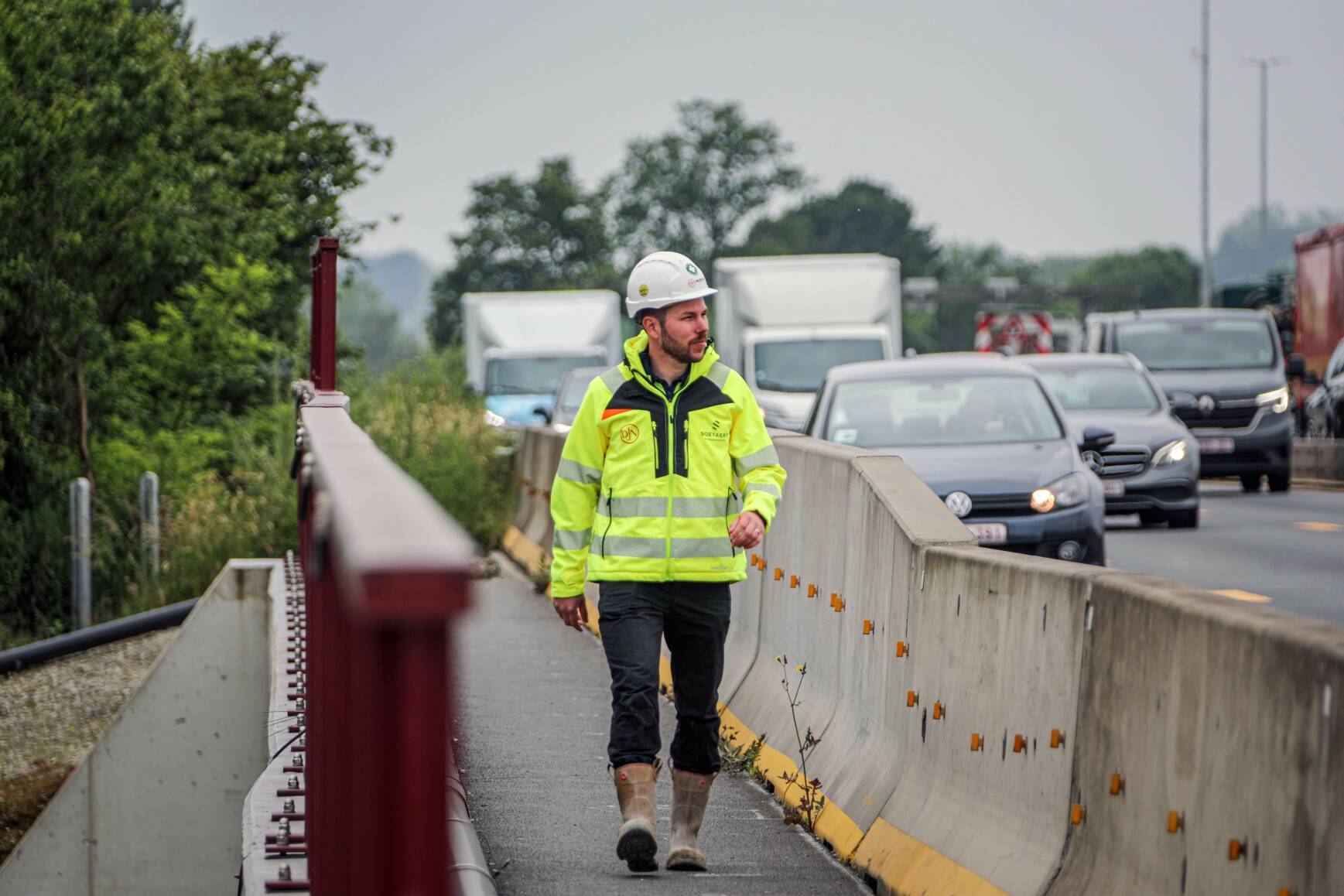






E40



110 tonnes

Visit jandenul.com and read more about the launching!

For the bridge crossing over the highway, we closed off part of the E40 during the night to install six girders. We installed a 450-tonne crane on the road, while a 700-tonne crane was prepared beside the road beforehand. The 44 metre long and 110 tonnes heavy concrete structures arrived via specialised transport, were lifted and installed consecutively, with only centimetres to spare. Afterwards, we dismantled the crane on the road, cleaned up, and opened the highway again. All of this happened within a time frame of 12 hours, to reduce impact on traffic. Just as planned.

Wouter Van Der Fraenen
Site Manager Soetaert

Our soil specialist subsidiary Soetaert was responsible for the foundations of the bridge. Almost 500 piles of 14 metres had to be driven into the ground to provide the most stable foundation for both sides of the bridge. As the construction took place right next to the train tracks, this provided an extra challenge. Our colleague Wouter explains the ins and outs of our solution.
We placed a temporary bridge next to the highway, and diverted traffic while one part of the bridge was demolished and rebuilt. Next, we removed the temporary bridge and diverted traffic over the new bridge and constructed the second part of the new bridge.

With the E40 being one of the busiest roads in Belgium, closing off the highway and diverting traffic is not an option. Along with this, demolishing the old bridge had to take place while the train tracks below were taken out of service for a weekend. So, we planned and adapted our plans to minimise the hindrance to traffic on the road and the tracks.
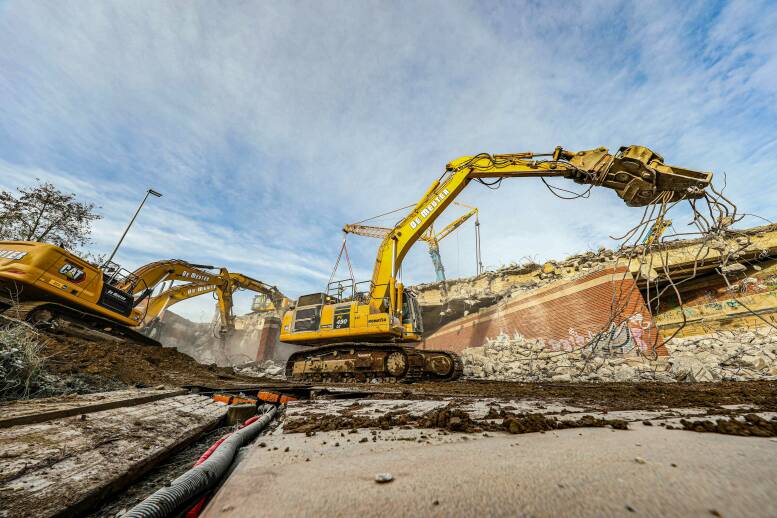
The highway bridge crossing the train tracks was installed in the 1960s and originally only had two lanes on each side, along with an emergency lane. This was turned into a regular lane afterwards to cope with heavier traffic. Now, we needed an entirely new structure to provide enough space for three regular lanes along with an emergency lane in both directions. We also add noise screens on both sides to lower the inconvenience for the people living nearby.
Looking for a partner to realise your civil projects?
Dieter Vandenbulcke
Civil Works Project Manager
Planned wind farms
The E40, Europe’s longest highway, has an extensive history. The construction of the Belgian part of this road started in the 1930s. This means that thorough renovations are necessary to keep it safe and fit for modern traffic. The Flemish government took action and engaged us to rebuild two bridges in Erpe-Mere, one crossing above train tracks, the other one spanning across the highway itself. And all this while the motorway remains accessible to traffic.
projects, small details
